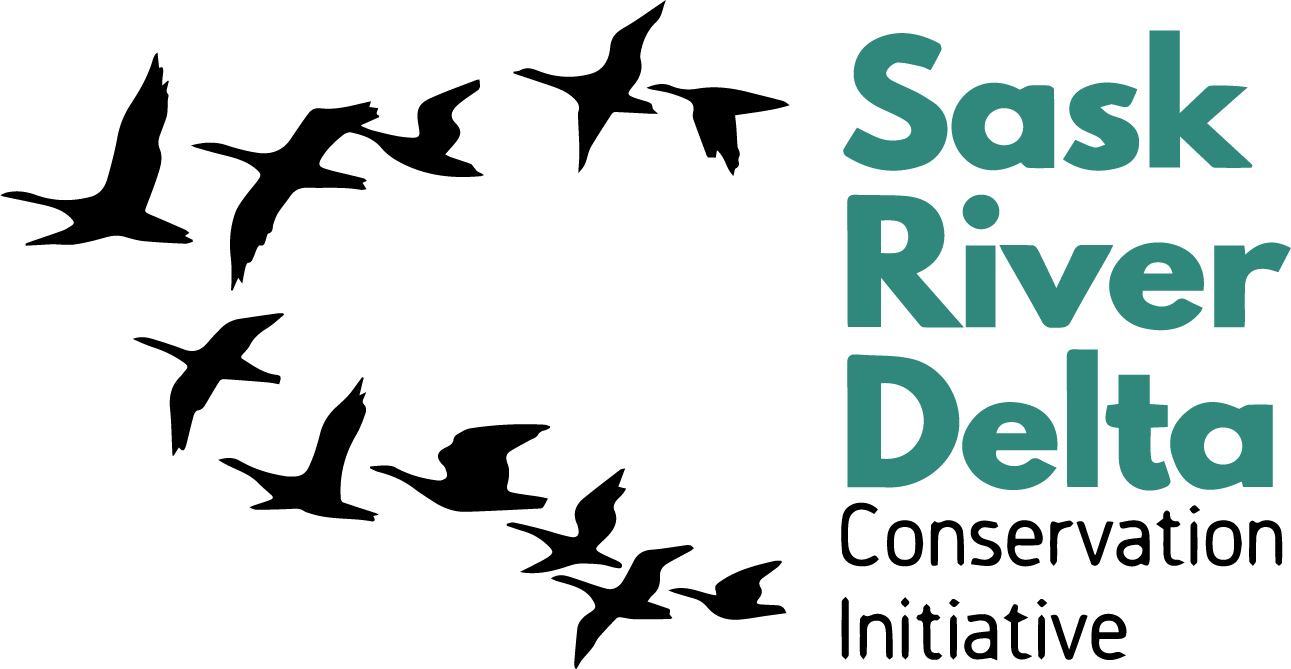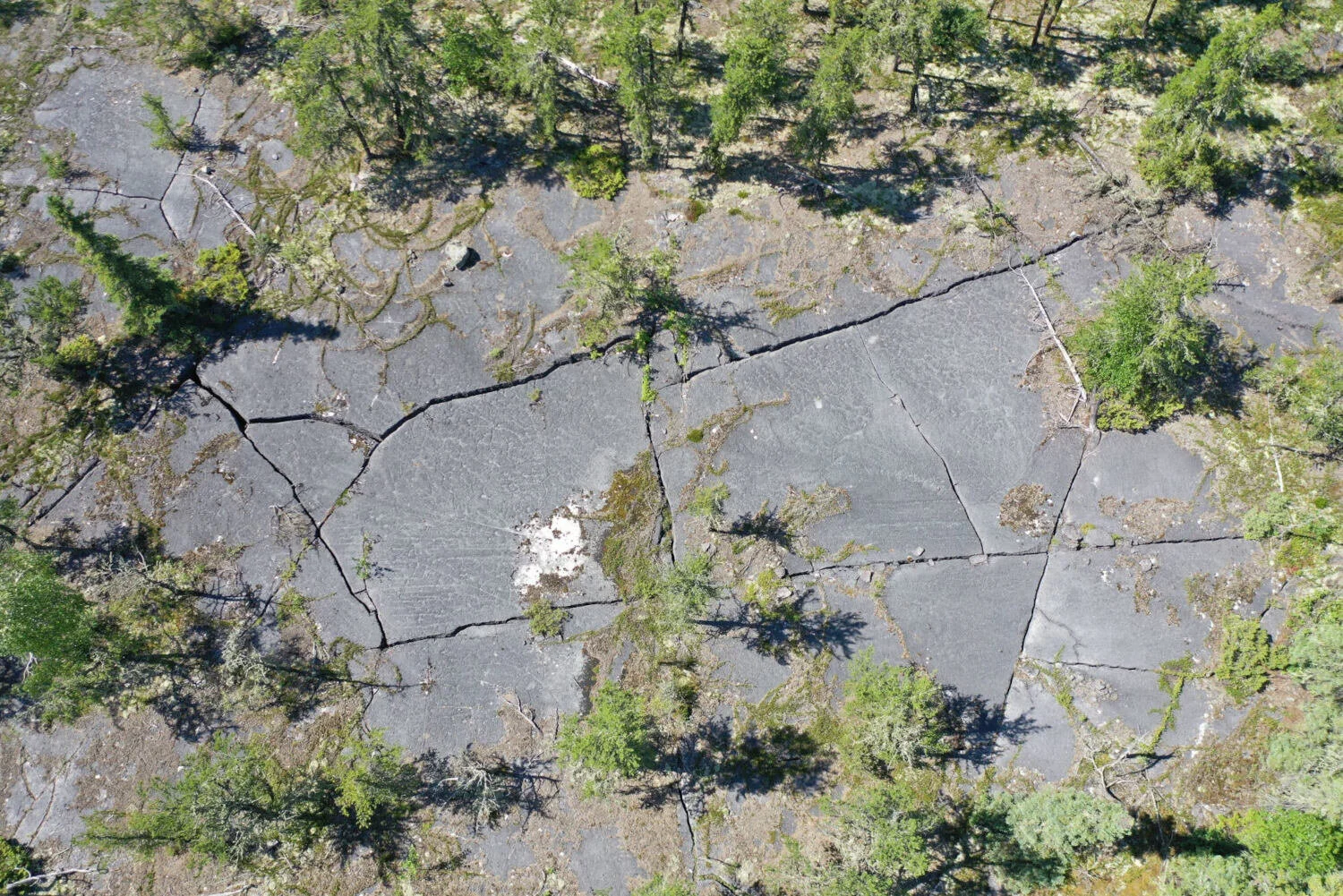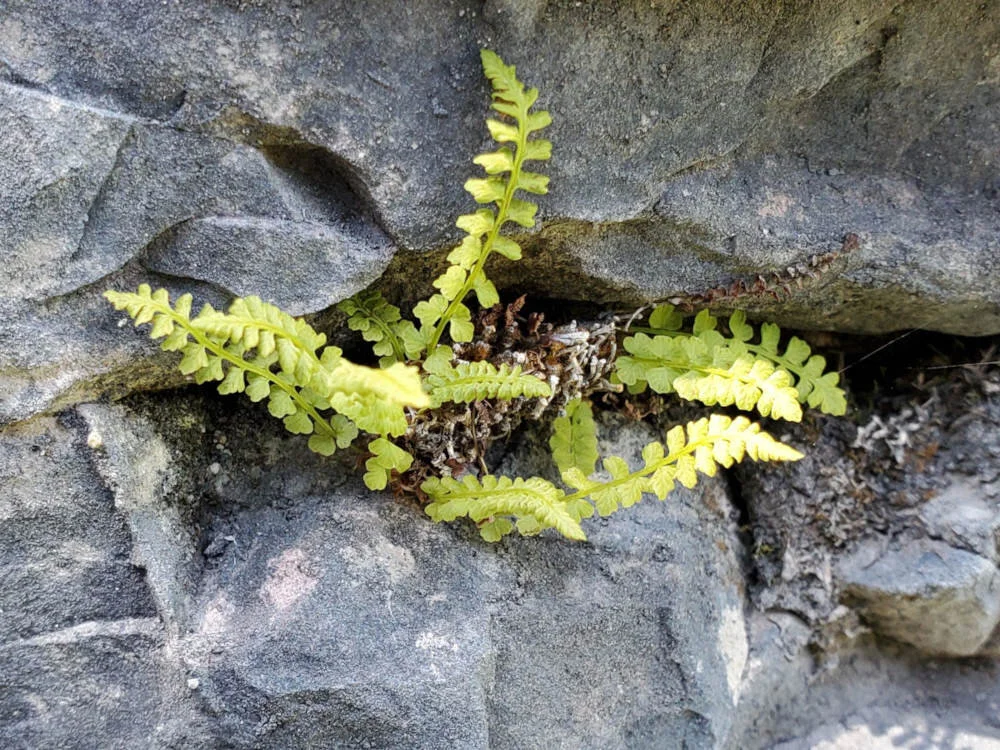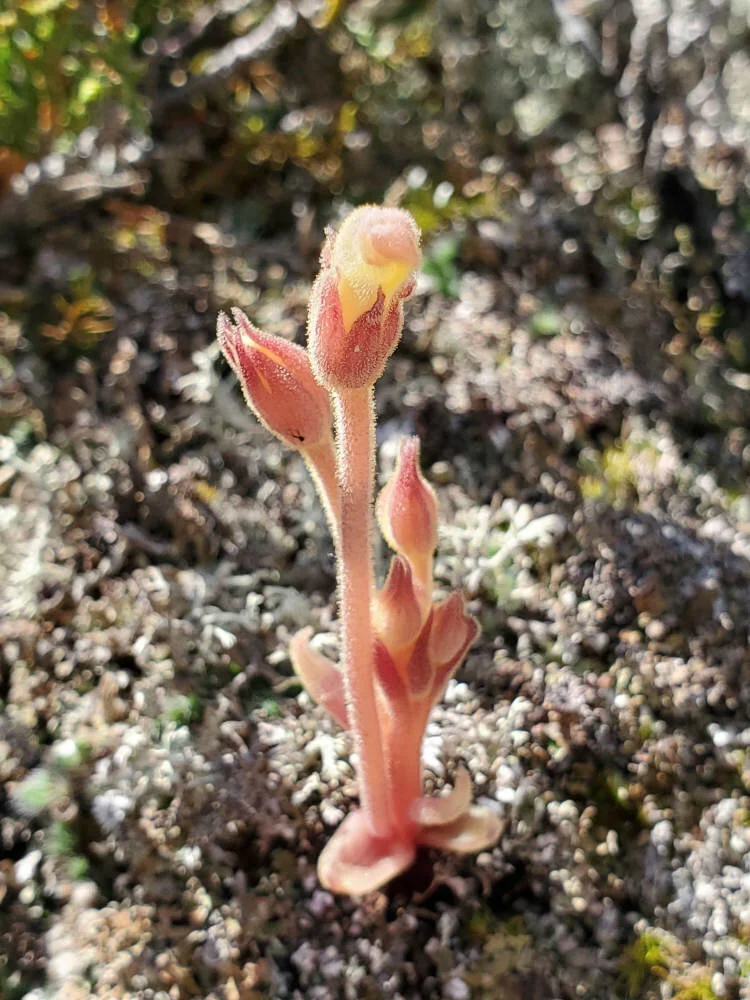
Saskatchewan’s rarest ecosystem nestled right next to the delta: Alvars
Alvars in Saskatchewan are a big deal! Especially considering that alvars are one of the rarest ecosystems in the world - found in only five countries worldwide. In Canada, almost all known alvar sites are found in the Great Lakes Basin in Ontario, while few others have been found in Manitoba, Quebec, Newfoundland, and the Northwest Territories.
While recently documented by Western science, local awareness of this alvar site has long been known by the Indigenous communities and land-users in the area.
What is an alvar?
Michael Rudy, a botanist who surveyed the alvars near the Saskatchewan River Delta describes them as a globally rare ecosystem that is characterized by “shallow mineral soils over limestone or dolomite bedrock, a natural lack of trees, abundant rare species populations, and an unusual prairie-like plant community.”
This incredibly unique ecosystem hosts high levels of rare species diversity and is among some of the most species-rich communities in the world. Some plants are specially adapted to the environment offered by alvars, and thus, are found in no other kinds of habitat.
Alvars in Saskatchewan
On Rudy’s visit to Saskatchewan’s alvars, five new species and one new genus were identified for the province, with many others expected. Almost half of the species identified were either rare or new species in Saskatchewan.
Many of the species observed were so rare that they were considered extirpated from Saskatchewan, including the ‘showy ladyslipper’ (Cypripedium reginae), which hasn’t been recorded in over 30 years. The observation is considered a ‘rediscovery’ of the species.
Although these alvar sites were found in the middle of the boreal, many of the plant species documented would not otherwise be found in the boreal. ‘Upland goldenrod’ (Solidago ptarmicoides) is a species that is widespread on alvars. Their sighting in the Saskatchewan alvar may be the most northwesterly population across the continent. In addition to the rare and new plant sightings, there were zero recordings of invasive species in the area, further adding to the conservation value of the area.
Allium stellatum, the pink prairie onion, is as diagnostic for prairie/alvar as its name suggests.
Asplenium viride, the 'green spleenwort', is an extremely unusual fern species, and a new genus for SK.
Orobanche fasciculata, the 'clustered broomrape', is a compelling alvar indicator species because its habitat is prairie and it parasitises Artemisia (sagebrush) shrubs which are also prairie indicator species





